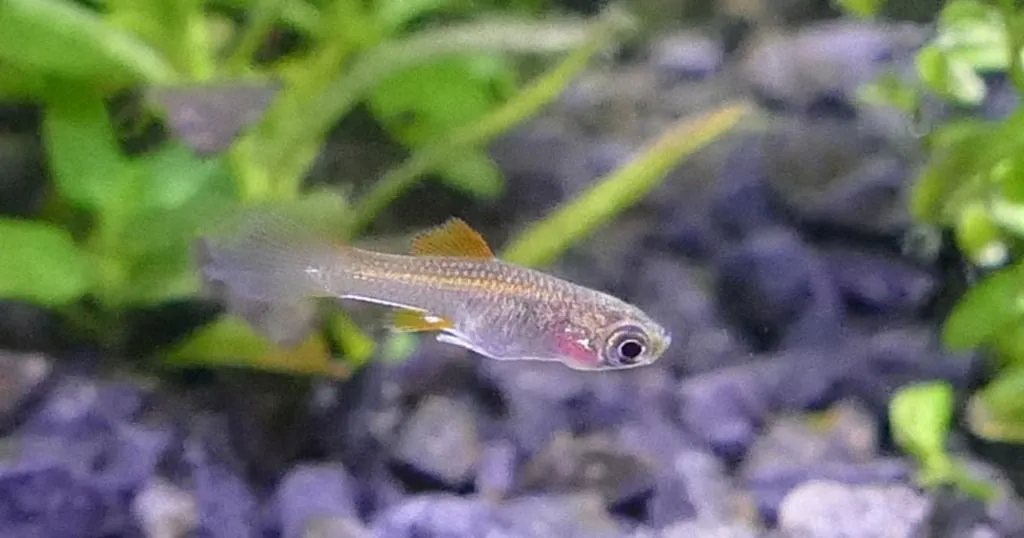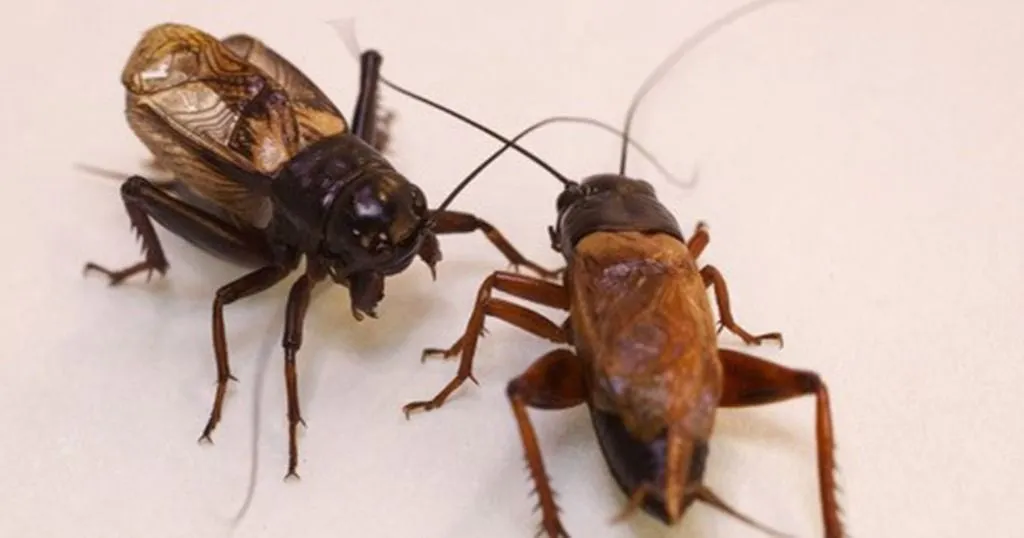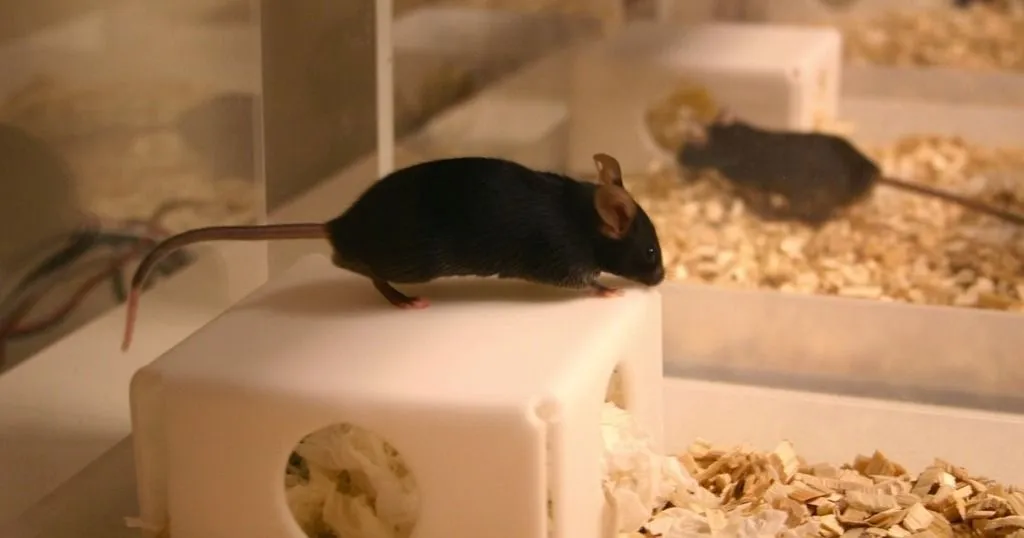To mate or not to mate? Females are less choosy when males are rare
Having a choice for a mating partner is extremely important for females, so they can be critical in choosing which male to mate with.
Posted by
Published on
Wed 04 Sep. 2013
Topics
| EthoVision XT | Fish | Video Tracking |

Having a choice for a mating partner is extremely important for females, so they can be critical in choosing which male to mate with. However, being critical also has its disadvantages; it costs time, energy, and may subject the females to an increased mortality risk (for example due to a higher predation risk. Therefore, being critical about a potential mating partner only pays off when males are abundant or when the risk of being critical is not too high. There are animals, such as green swordtail fish [1], which change their mating preference when predation risk becomes higher or when the mating season is nearing its end.
Mating and species diversification
Mating usually takes place between a male and a female from the same species. However, there are also examples of hybridization, where males and females of different species mate and produce offspring. This usually happens when mating partners of the own species are rare. Hybridization is an extremely interesting phenomenon from an evolutionary perspective and can play an important role in species diversification.
Male abundance and female choosiness
Willis et al. [1] studied hybridization in swordtail fish, Xiphophorus birchmanni, with X. malinche. These two species hybridize in nature. The authors investigated whether X. birchmanni females would change their preference to males from X. malinche when the encounter rate with males of their own species was low. Females were first kept for 24 hours with males of their own species and then were introduced either immediately afterwards or after 24 hours into an aquarium in which two other fish were kept behind transparent, porous barriers.
Video tracking fish behavior
The authors carried out a no choice test and a dual choice test. In the no choice test, an X. malinche female was kept behind one barrier and an X. malinche male behind the other. In the dual choice test, the areas behind the barriers contained either an X. birchmanni male or an X. malinche male. The time that the X. birchmanni female spent in the zone near both barriers and the frequency of visits to these zones was determined automatically with EthoVision XT video tracking and analysis software.
Male scarcity makes females less choosy
The female fish behavior was clearly different depending on the presence of males of her own species. In the no choice test, the interest of females in X. malinche males was higher when the test was carried out 24 hours after exposure to males of her species than when the test was done immediately after this exposure. The females spent more time in the area near the X. malinche males and visited this zone more frequently when introduced 24 hours after exposure. However, in the dual choice test, the interest in X. malinche males was not affected by the duration of male deprivation. The females had more interest in their own species than in X. malinche.
To mate or not to mate?
The results show that female fish change their mating preference in response to the abundance of males from their own species. The females are less choosy and show interest in males from another species when males of her own species are rare. To mate or not to mate? The answer is yes, even with males from another species when her own species is not available.
References
- Johnson, J. B., & Basolo, A. L. (2003). Predator exposure alters female mate choice in the green swordtail. Behavioral Ecology, 14, 619-625.
- Willis, P. M., Ryan, M. J., & Rosenthal, G. G. (2011). Encounter rates with conspecific males influence female mate choice in a naturally hybridizing fish. Behavioral Ecology, 22(6), 1234-1240.
- Image: By Wojciech J. Płuciennik (Own work) [CC BY-SA 4.0 (http://creativecommons.org/licenses/by-sa/4.0)], via Wikimedia Commons
Related Posts
Video tracking and a bug repellant stronger than DEET

Dynamic winners and sluggish losers

